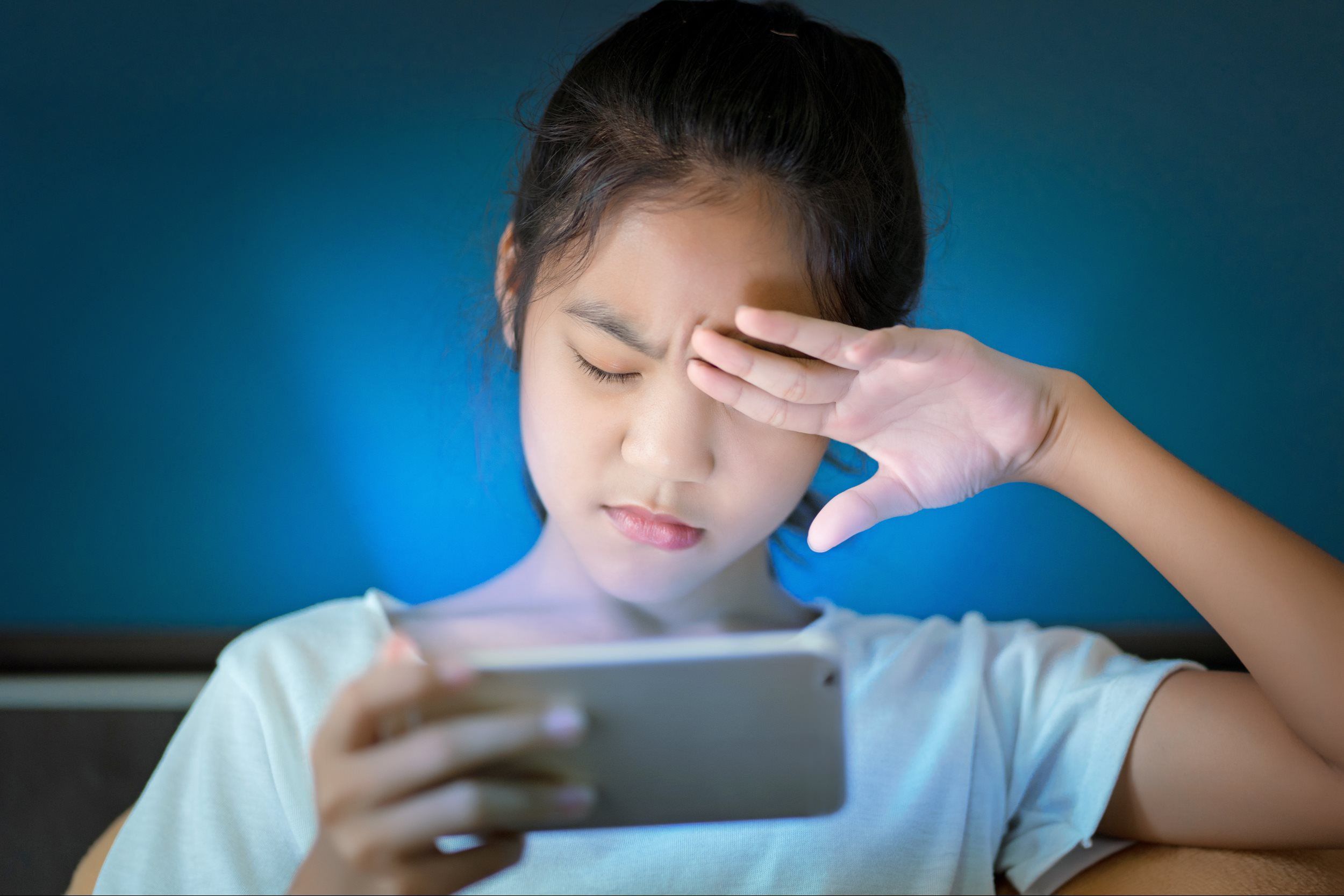Introduction
In the modern era, our lives are intricately woven into the fabric of digital technology. Whether for work, entertainment, or communication, we find ourselves constantly engaged with screens, be it computers, smartphones, or tablets. However, this digital immersion has given rise to a prevalent issue known as Digital Eye Strain. In this comprehensive exploration, we delve into the causes, symptoms, and effective strategies to alleviate digital eye strain, ensuring a harmonious balance between our digital lifestyles and ocular well-being.
Understanding Digital Eye Strain
Digital Eye Strain, also known as Computer Vision Syndrome, refers to the discomfort or visual disturbances that result from prolonged use of digital devices. The extensive reliance on screens in both professional and personal spheres has escalated the prevalence of this condition. The primary culprits contributing to digital eye strain include prolonged screen time, poor lighting conditions, improper screen positioning, and uncorrected vision problems.
Common Symptoms of Digital Eye Strain
Eye Fatigue: Prolonged screen use can lead to eye fatigue, characterized by a feeling of heaviness, soreness, or tiredness in the eyes.
Headaches: Recurrent headaches are a common symptom, often stemming from eye strain and tension in the surrounding muscles.
Dry Eyes: Reduced blinking during screen use can lead to dry eyes, causing discomfort, itching, or a burning sensation.
Blurred Vision: Extended exposure to screens may result in temporary blurred vision, making it challenging to focus on nearby or distant objects.
Neck and Shoulder Pain: Poor ergonomics, such as improper screen positioning, can contribute to neck and shoulder pain.Effective Strategies for Alleviating Digital Eye Strain
Follow the 20-20-20 Rule: To reduce eye strain, adhere to the 20-20-20 rule. Every 20 minutes, take a 20-second break and focus on an object at least 20 feet away. This practice helps relax eye muscles and alleviate strain.
Optimize Lighting Conditions: Ensure that the ambient lighting in your workspace is adequate. Avoid glare from windows or overhead lights, and consider using an anti-glare screen if necessary.
Proper Screen Positioning: Position your screen at eye level and about an arm’s length away. This helps reduce strain on the eyes and promotes a more comfortable viewing angle.
Blink Regularly: Remind yourself to blink consciously. Blinking helps lubricate the eyes and prevent dryness.
Use Blue Light Filters: Consider using blue light filters on your screens or wearing blue light-blocking glasses. Blue light emitted from screens has been linked to disruptions in sleep patterns and increased eye strain.
Regular Eye Exams: Schedule regular eye exams to ensure that your prescription is up-to-date. Uncorrected vision problems can exacerbate digital eye strain.
Adjust Display Settings: Modify the brightness, contrast, and font size on your digital devices to create a comfortable viewing experience.
Take Breaks and Stretch: Incorporate regular breaks into your screen time. Use these breaks to stretch your neck, shoulders, and back to reduce overall muscle tension.
The Impact of Ergonomics on Digital Eye Strain
Proper ergonomics play a pivotal role in mitigating digital eye strain. Consider the following tips for creating an ergonomically sound workspace:
- Monitor Positioning: Position your monitor directly in front of you at eye level. This minimizes the need for excessive head movement and reduces strain on the neck.
- Chair and Desk Setup: Ensure that your chair and desk are at the right height. Your feet should rest flat on the floor, and your arms should be parallel to the ground when typing.
- Keyboard and Mouse Placement: Place your keyboard and mouse within easy reach. Keep them at a comfortable height to avoid straining your wrists.
- Screen Distance: Maintain a comfortable distance from the screen to avoid leaning forward or squinting.
The Role of Blue Light in Digital Eye Strain
Digital devices emit high-energy visible (HEV) blue light, which has shorter wavelengths and higher energy compared to other colors in the visible spectrum. Prolonged exposure to blue light has been associated with disruptions in circadian rhythms and increased eye strain. To mitigate the impact of blue light, consider the following measures:
- Blue Light Filters: Apply blue light filters on your screens to reduce the amount of blue light emitted.
- Blue Light-Blocking Glasses: Wear blue light-blocking glasses, especially during prolonged screen use, to minimize exposure.
- Night Mode: Activate the night mode on your devices during the evening to reduce blue light emission and promote better sleep quality.
Conclusion
Digital eye strain is an increasingly prevalent concern in our technology-driven world. However, with awareness and proactive measures, individuals can effectively manage and reduce the impact of prolonged screen use on their eyes. Incorporating the suggested strategies, practicing good ergonomics, and being mindful of screen time can collectively contribute to a healthier and more comfortable digital experience. By prioritizing eye health and striking a balance between digital engagement and ocular well-being, individuals can navigate the digital frontier with clarity and comfort.
Read More – How an Automated Clothing Factory is Changing the Textile Industry







